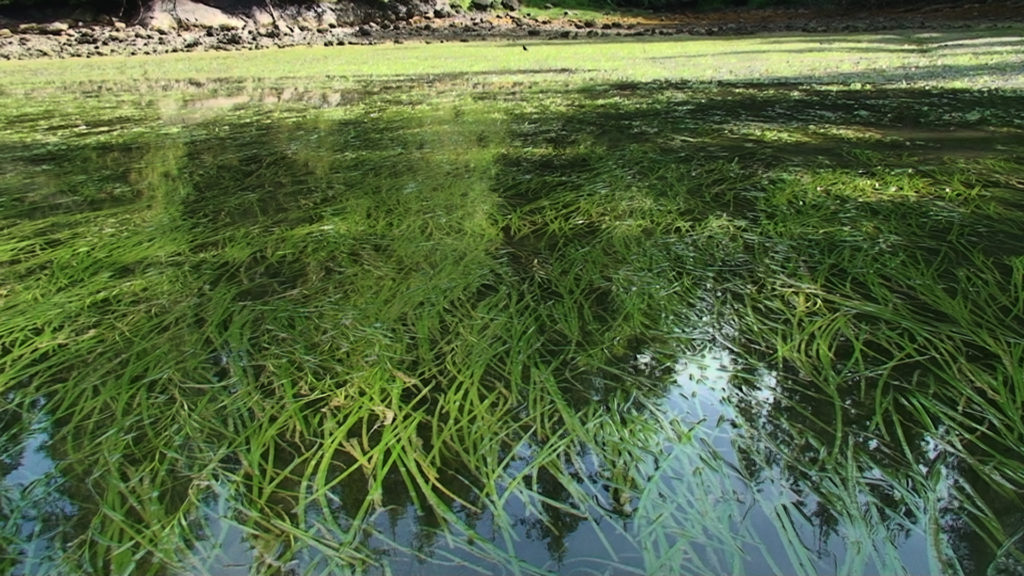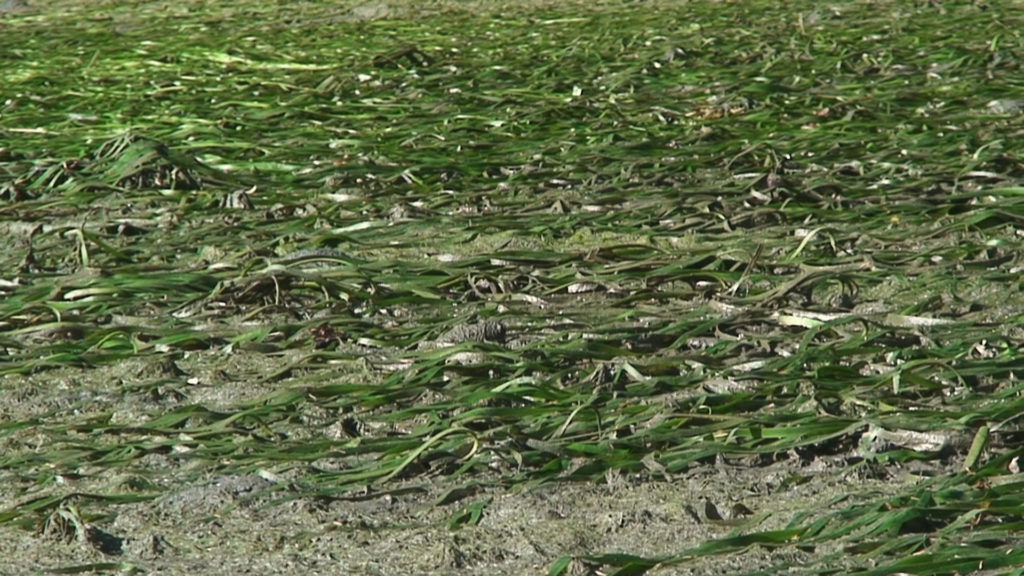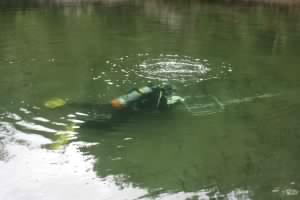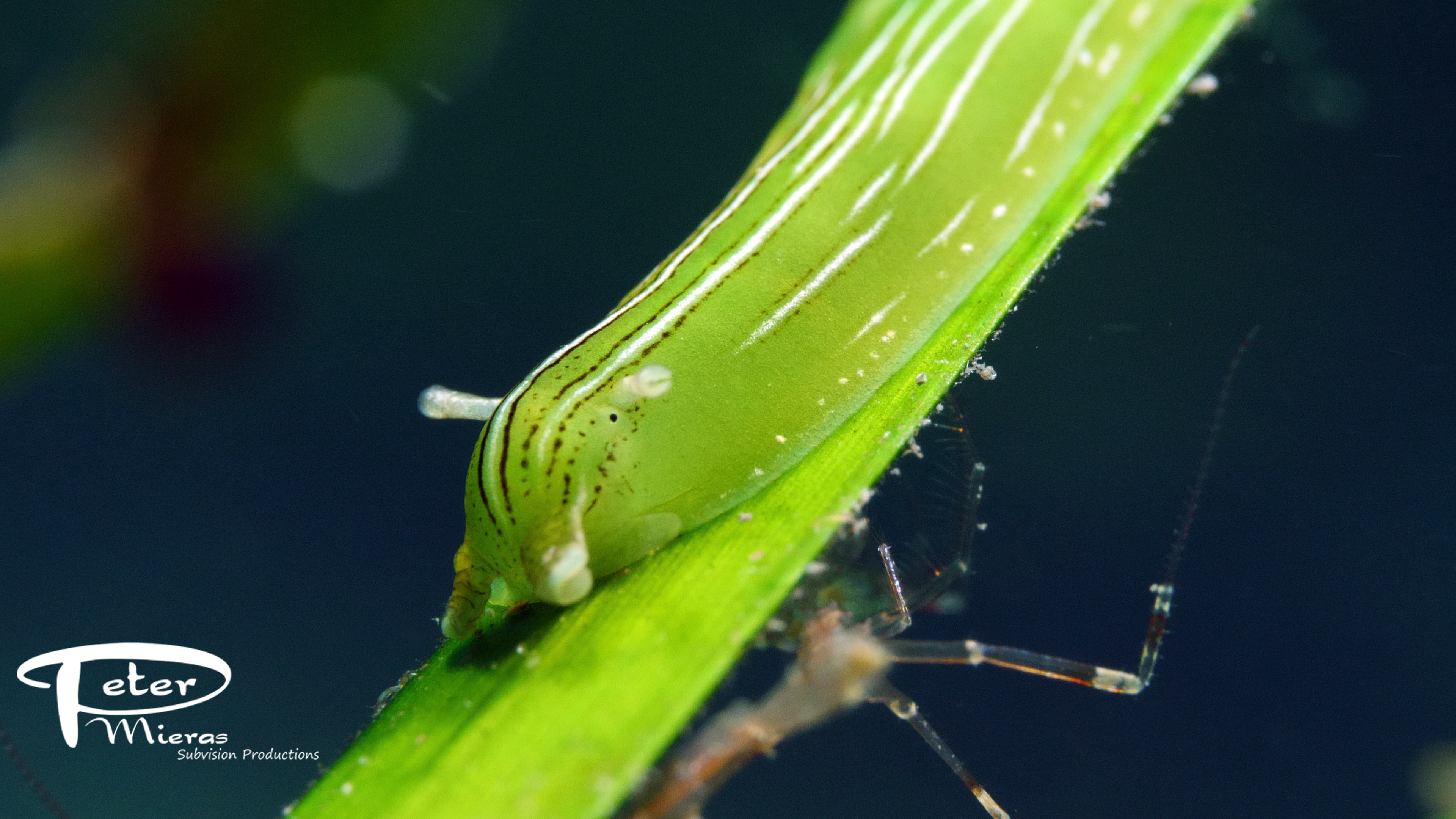Eelgrass or Zostera marina is an essential marine plant in the Pacific Northwest. In many aspects it serves the same function as the mangrove forests in tropical waters. It reduces erosion, creates unique ecosystems and is a safe harbor for juvenile fish.

Eelgrass can deal with tides where it is left high and dry at low tide and back underwater as the tide comes back in. It can also handle the wide variety in salinity as rain can bring thick layers of freshwater which floats on the saltwater. When the tide is low their beds form a valuable foraging area for many animals. Bears and raccoons feed on small crabs, fish buried in the sand and shellfish. Birds like the American black oystercatcher and others walk the muddy flats for worms and other grubs.

Despite being of such essential value eelgrass beds have for decades been seen as merely some greenery underwater. It has been under stress from log sorts, shellfish farming and recreational use. Only recently has it value been more closely assessed . Research has revealed the biodiversity that thrives in the eelgrass beds. Various research institutions have projects where size, extent and density are measured.

It is known that juvenile perch, salmon and other fish species use eelgrass as a nursery ground. But less know are the invertebrates that live permanently in these ecosystems.
Phyllaplysia taylori or the Zebra leaf slug is one of those lesser known species. One of the reasons is that this nudibranch is very well camouflaged and with an average length of 3/4 inch ( or 18 mm) it is not easily spotted.

This little slug is just one of the scerets of the eelgrass and illustrates one of the many species that depend on the eelgrass for food and protection.